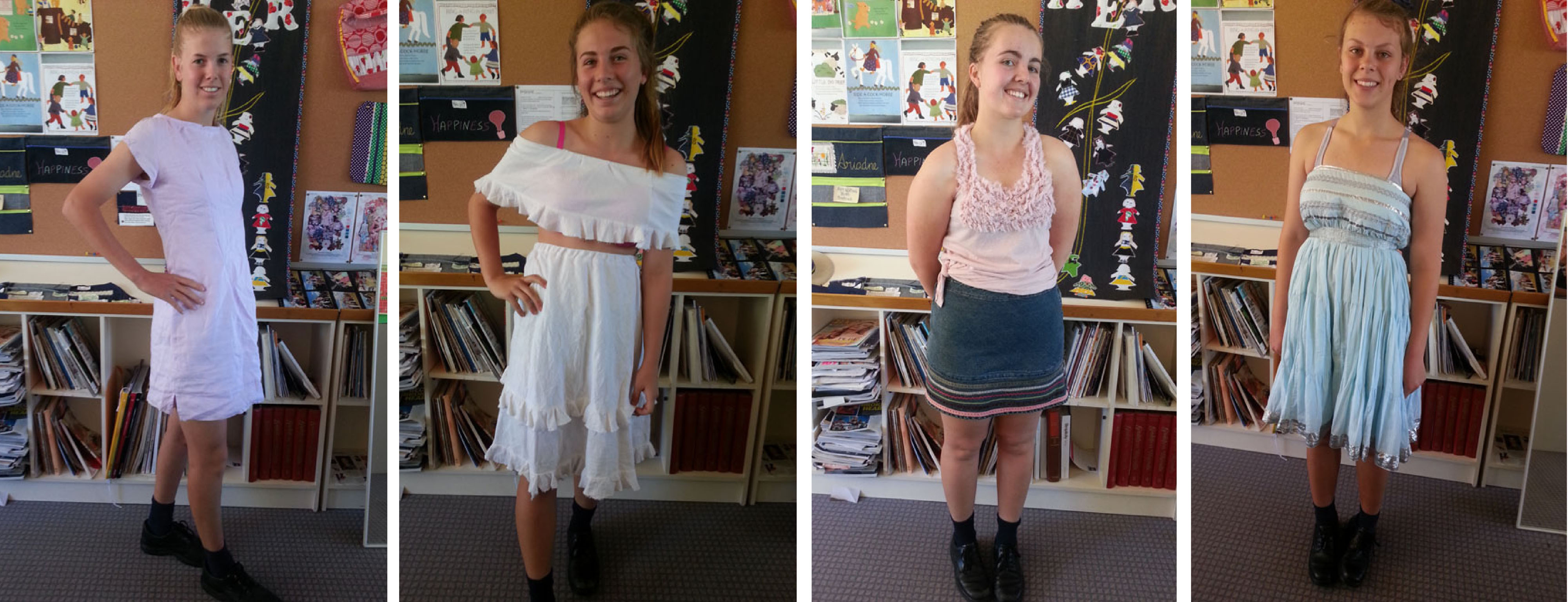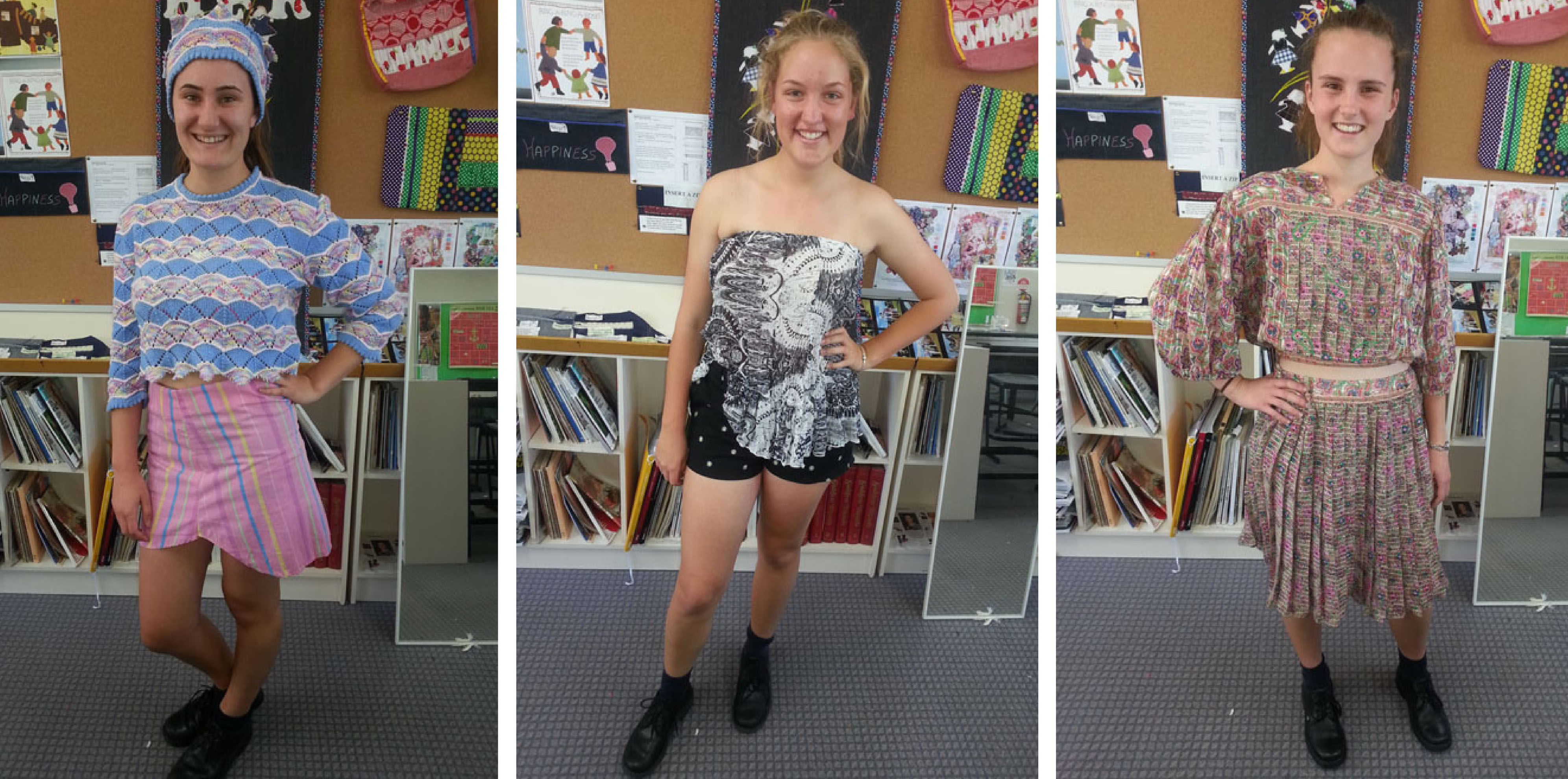Every day, we get up and get dressed for the day – even before we have breakfast. Clothing is traditionally used for warmth and modesty. It meets physical and functional needs, for sheltering, shielding and protecting our bodies.
In earlier times, most clothing was made from natural fibres – cotton, linen, wool, leather and silk. Back then, clothing was valued and relatively scare compared with today. People looked after their clothes, they were mended and handed on to others until the fibres wore out.
In contrast to clothing – we have FASHION which meets non-material needs for participation, identity, freedom – and to signal wealth and social status.
Professor Kate Fletcher Sustainable Fashion and Textiles says fashion links us to time and space – and caters to emotional and social needs. Where the fashion sector and the clothing industry come together – in fashion clothes – our emotional needs are made manifest as garments. She says this overlaying of emotional needs on physical goods fuels resource consumption, generates waste and promotes short-term thinking as we turn our gaze from one silhouette, hemline and colour palate to the next in search of the next new experience.
It also leaves us feeling dissatisfied and disempowered, because external physical possessions are unable to satisfy internal psychological and emotional needs, no matter how much new stuff we consume.
Our consumption of clothing as ready-to-wear fashion has been incrementally increasing for decades and with the advent of fast-fashion and global factory supply chains in recent years, the clothing churn has accelerated.
Upcycler Jane Milburn says while this has liberated Western women from sewing machines, it has taken away our tactile engagement with textiles and the creative wellbeing that comes from making something with your own hands.
Jane is undertaking a 365-day Sew it Again refashioning project during 2014. She says while it is no longer economic to sew garments for yourself with new materials, refashioning clothing that already exists in the world is the way to bring home-sewing into the 21st century.
During the recent Westpac Fairholme Fashion Week in Toowoomba, Jane worked with year 10 and 11 students on refashion projects for Sew it Again in which the students reshaped unworn existing clothing to give it a second life.

